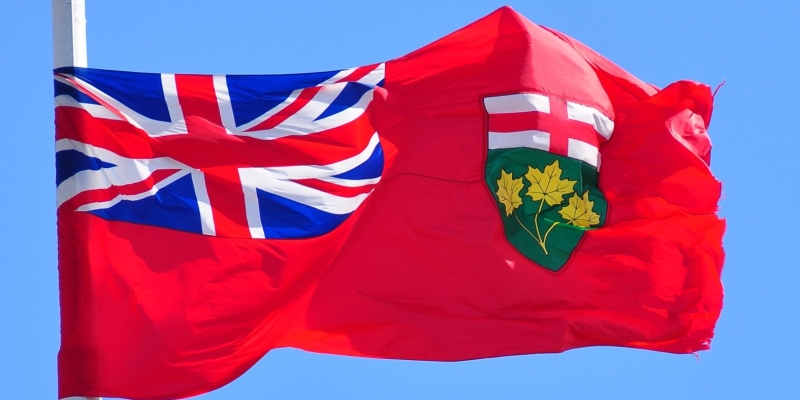Balance Ontario’s budget now—not later

When Ontario’s Liberal government tabled its 2018/19 budget, which featured a substantial budget deficit, senior officials made it clear that going back into the red was a choice—not a necessity dictated by circumstances. “We are making this choice deliberately,” said then Finance Minister Charles Sousa.
And the Liberals were right—a deficit could easily have been avoided. Provincial revenues are projected to be up 8.3 per cent over the past two years. The problem is this growth has been outpaced by a 12.2 per cent surge in program spending (all operating spending other than debt servicing).
Setting aside accounting critiques from the Financial Accountability Office and the auditor general (who state the true operating deficit is meaningfully larger), these numbers suggest with a modicum of restraint, the 2018/19 budget could have been balanced.
The choice to run an unnecessary $6.7 billion deficit was misguided given Ontario already has a debt burden of more than $300 billion and an elevated debt-to-GDP ratio. In this context, the choice to add so much more debt is a choice to impose an even bigger burden on future generations of Ontarians who will pay the interest on that debt with their tax dollars, leaving less for other public services.
The good news is that since returning to deficits was a choice, reversing course and getting back to balance quickly is a choice as well. And if the Ford government wants to avoid piling up ever more debt onto our children and grandchildren, that’s exactly what it should do instead of pursuing the previous government’s plan to reduce the deficit at a tortoise-like pace before finally returning to balance in 2024/25.
What would it take to eliminate the deficit quickly?
Well, consider that next year (in 2019/20) the government expects to take in $157.6 billion in revenue. In 2017/18, the Liberals last full year in power, total spending was $149.5 billion. In other words, if the new government holds spending for two years essentially at the level it inherited (in nominal terms) from 2017/18, it would balance the budget with $8.1 billion to spare.
This money can be used either to address concerns from the FAO, auditor general and others, and deliver a balanced budget that satisfies alternative accounting methods. Or to provide substantial and badly-needed tax relief for Ontarians. One further year of holding the line on nominal spending will create another $6 billion in fiscal room that can be used to offset new debt from capital spending and prevent growth in our debt burden, or (again) to put more money in Ontarians’ pockets through tax relief.
Holding nominal spending flat isn’t easy given population growth and inflation—it will take hard choices and a commitment to allocating funds to the highest priority items while scaling back in other areas. For inspiration, the new government can dust off the 2012 Drummond Report, which contains advice still relevant today. Alternatively, it can review recent Canadian history including the federal government’s comprehensive program review in the 1990s, which reined in spending and eliminated a big deficit in short order.
As an old saying goes, “to govern is to choose.” The last government at Queen’s Park chose to pass the cost of current spending along to future Ontarians through avoidable deficits. It’s now up to the new Ford government to affirm that choice or change course, by aggressively tackling Ontario’s unnecessary deficit.
Author:
Subscribe to the Fraser Institute
Get the latest news from the Fraser Institute on the latest research studies, news and events.

